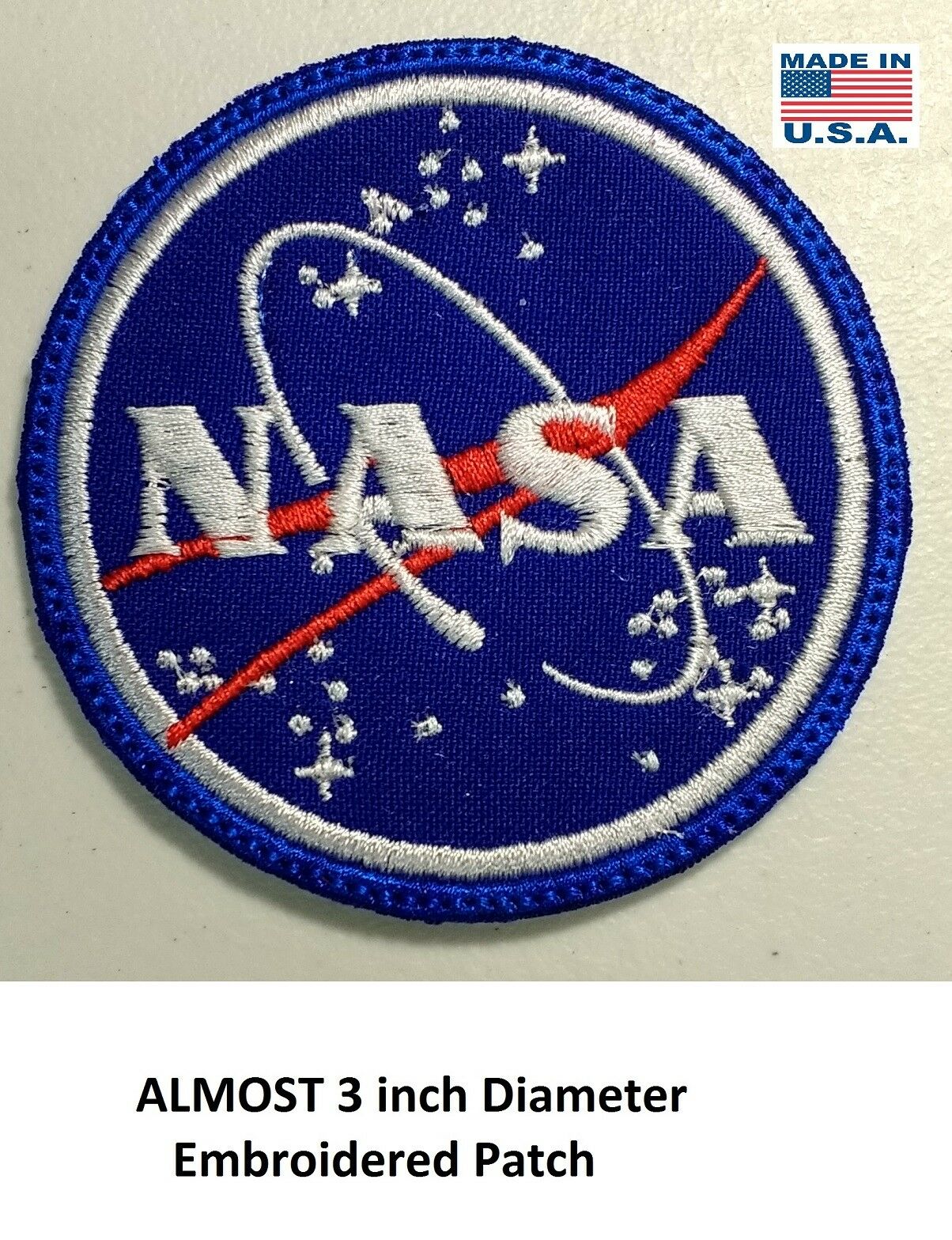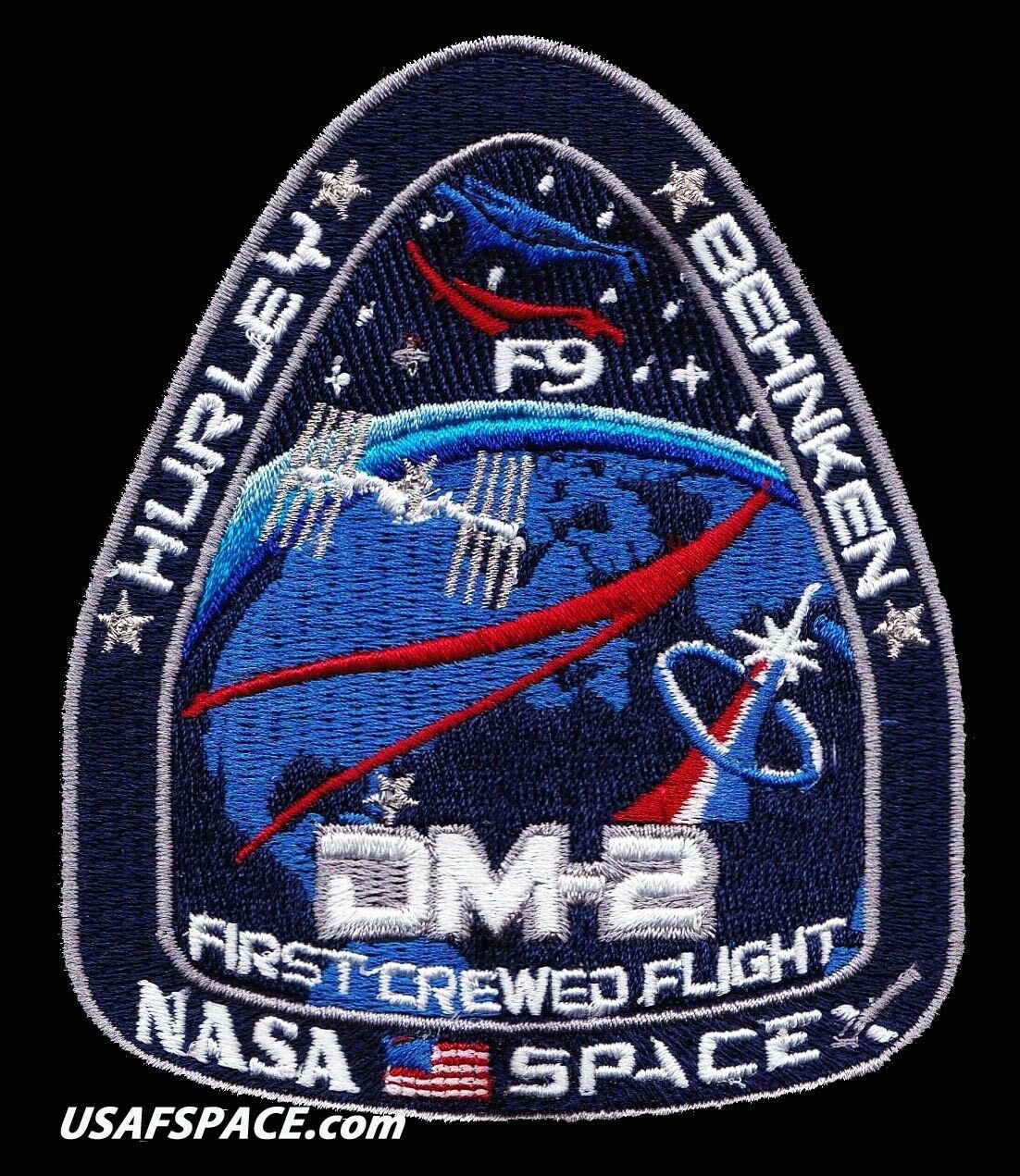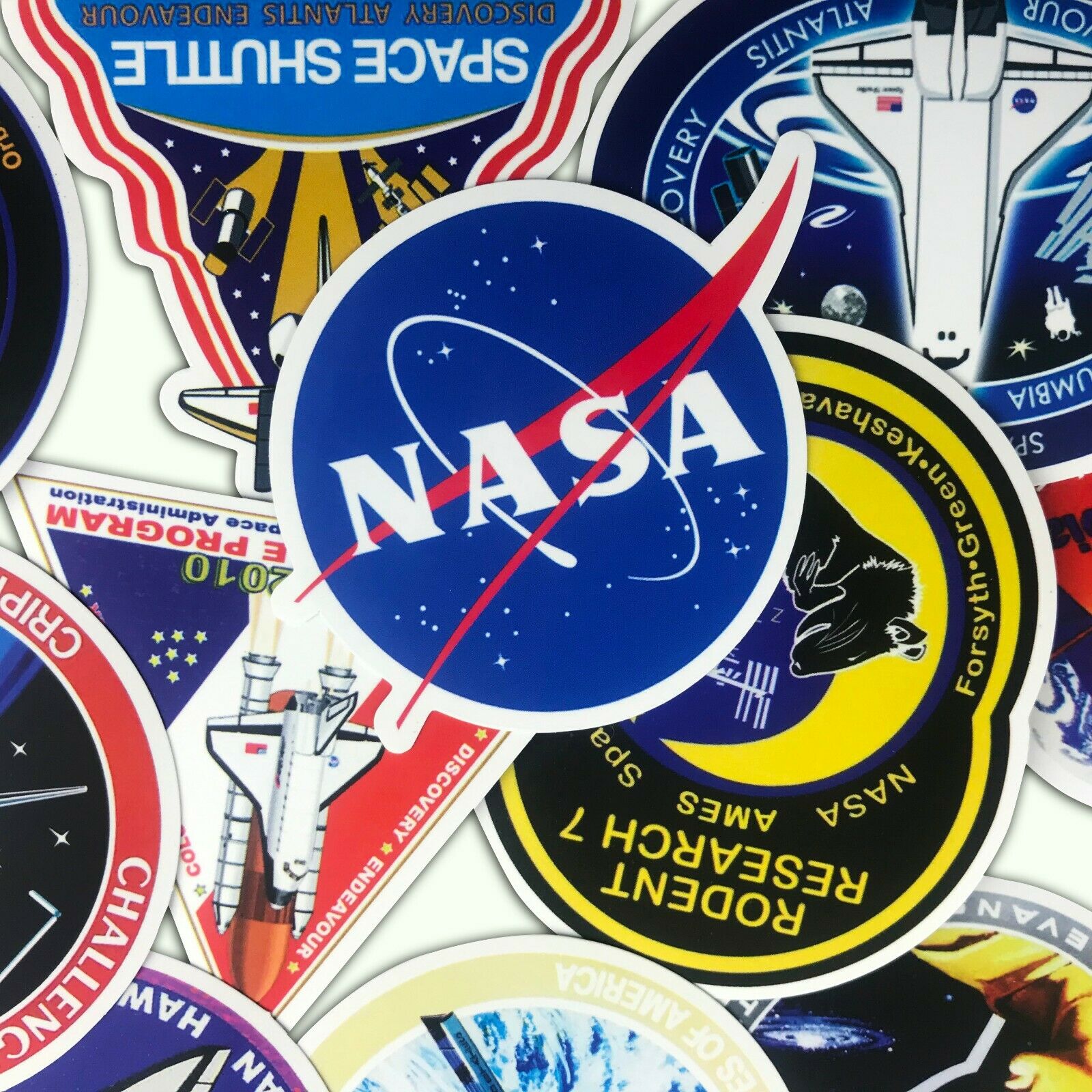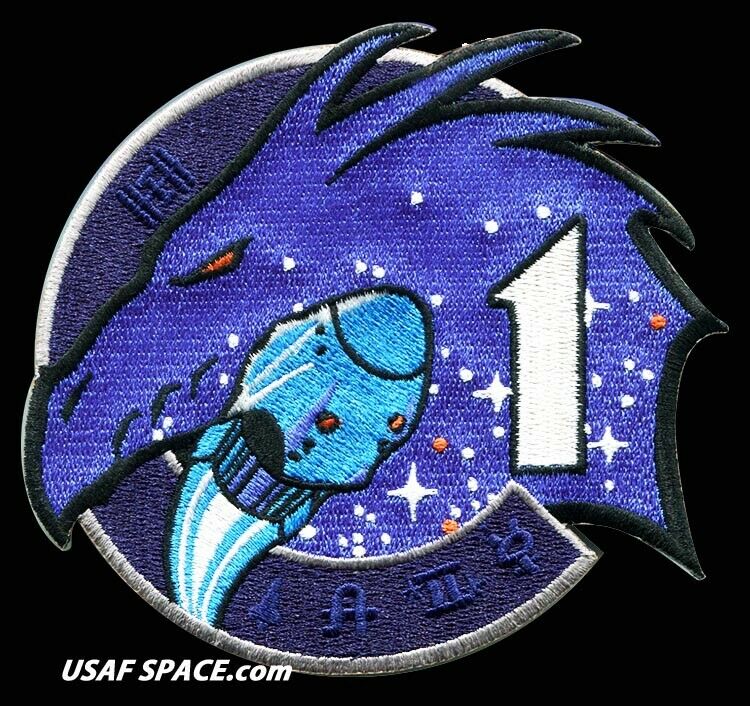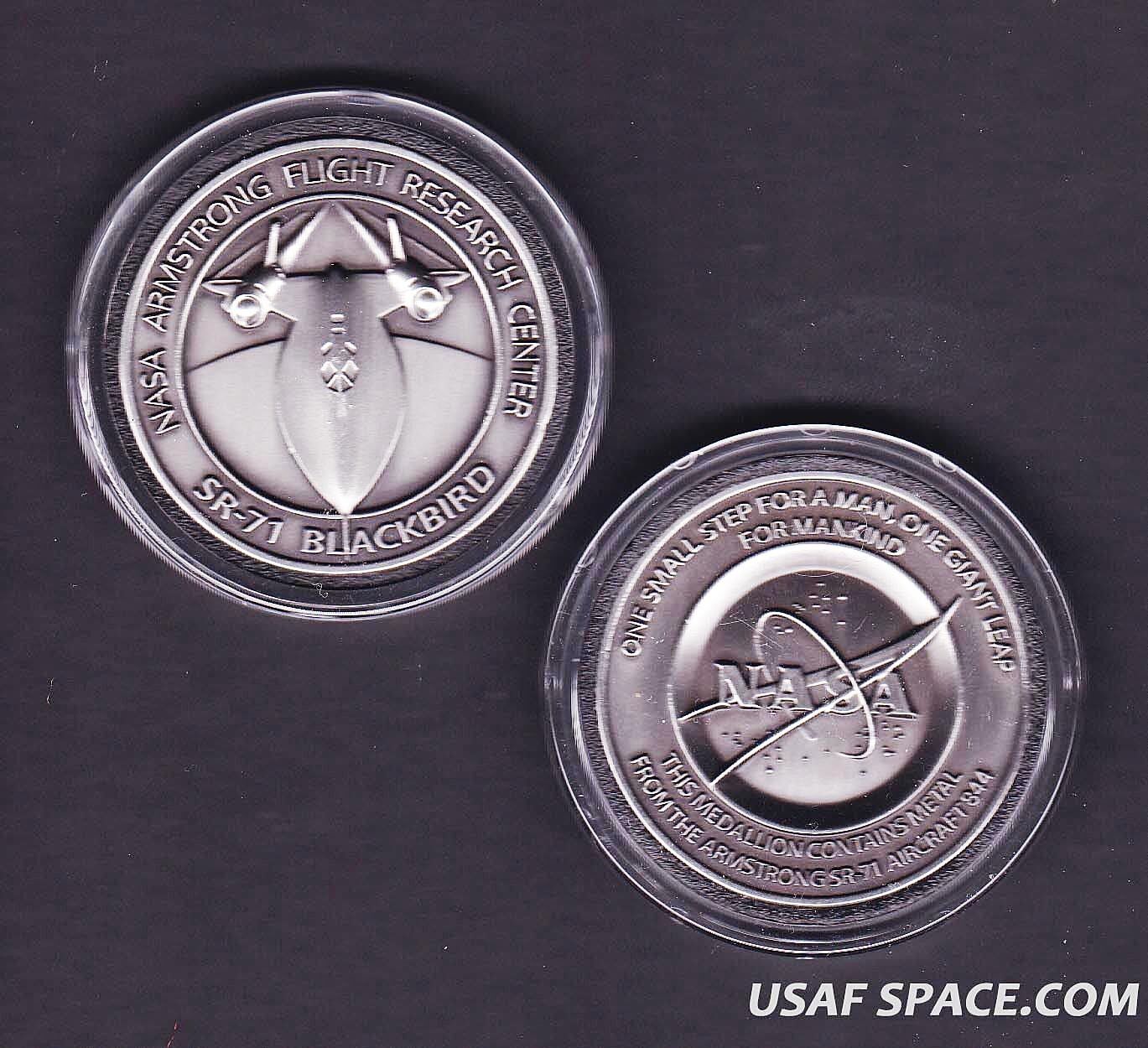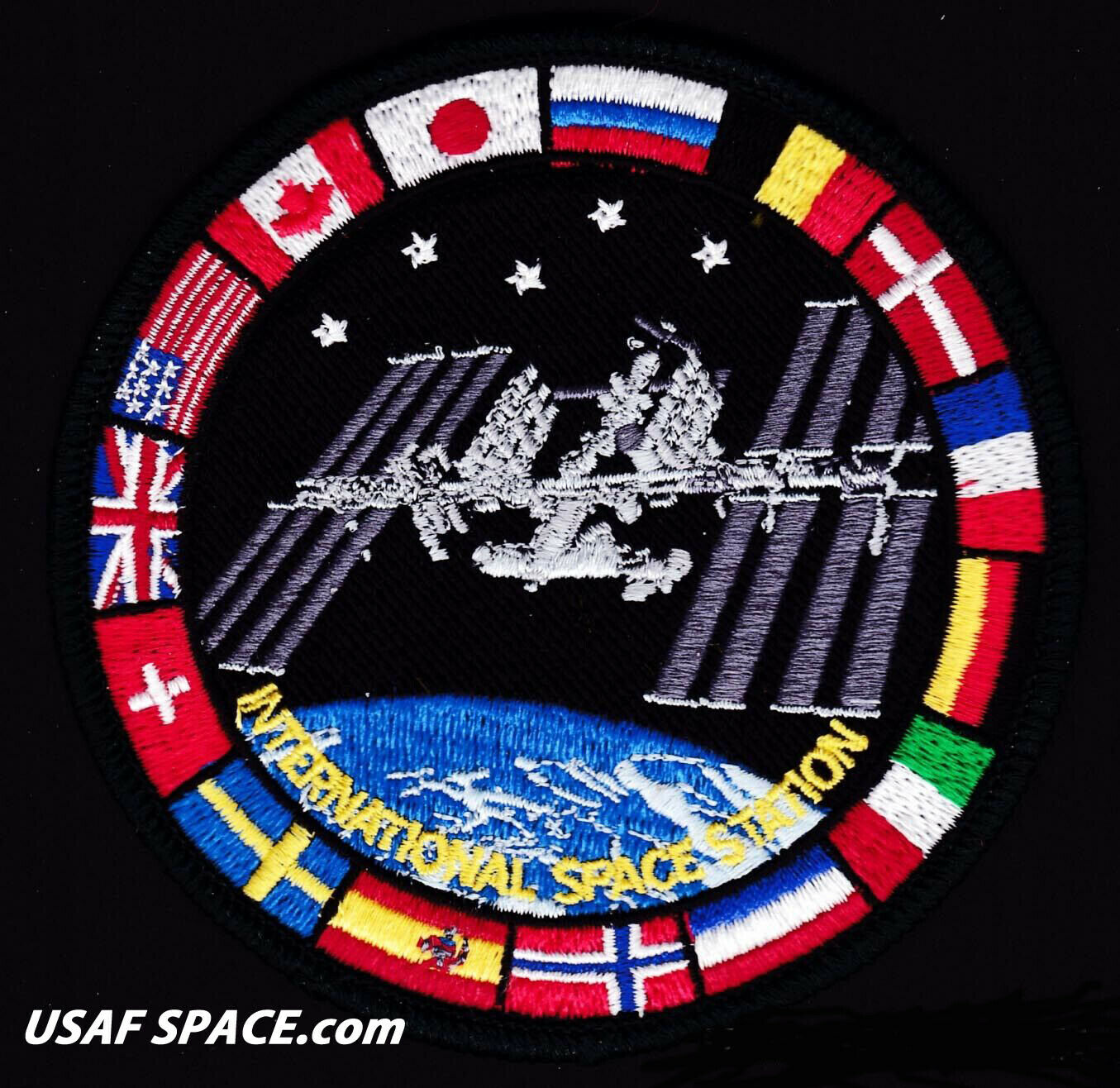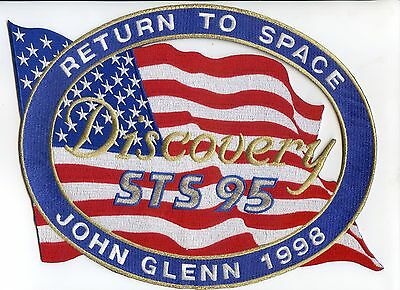-40%
Marshall Space Flight Center 50th Anniversary Presentation Letter, Coin & Card
$ 10.56
- Description
- Size Guide
Description
Marshall Space Flight Center 50th Anniversary Presentation Letter, Coin, Card & Envelope, Circa 20102010 Presentation Letter
from the Marshall Space Flight Center Director, printed on Official Government Paper, with the Great Seal of the United States “Watermarked Eagle” dated 2009.
2010 Marshall Space Flight Center 50
th
Anniversary Coin
, in its original Protective plastic capsule. Well made and Heavy.
50
th
Anniversary Commemoration announcement card
, with its original envelope.
All items are in Excellent condition
Please see all attached pictures
Shipping includes a Tracking Number
The Marshall Space Flight Center Celebrates its 50th Anniversary, 2010
NASA - Marshall Center 50th Anniversary
Fifty years ago on Jan. 14, 1960, President Dwight Eisenhower set the process in motion to create the NASA George C. Marshall Space Flight Center in Huntsville, Alabama.
The center became operational on July 1, 1960 and was dedicated on Sept. 8, 1960. However, the steps toward the Center’s creation began on Jan. 14. On that day, the president officially informed Congress that he planned to transfer the Development Operations Division of the Army Ballistic Missile Agency in Huntsville to NASA.
In his message to Congress, Eisenhower said he had recently reviewed "the needs and requirements" of NASA and the Department of Defense including the space agency’s "responsibility for the nation's program of space exploration" and the Department of Defense's responsibility for the "development and operation of space vehicles for defense purposes."
Eisenhower believed that both agencies needed launch vehicles. However, the question involved which agency would have responsibility for "boosters for space vehicles greatly exceeding the thrust of any boosters now available." Eisenhower favored NASA since he saw "no clear Department of Defense requirement for such very large boosters." As part of his message to Congress, the President added, "For this reason, I assigned sole responsibility for the development of space vehicle boosters of very high thrust to NASA last November."
On Jan.14, however, Eisenhower addressed what he called the "pertinent arrangements" for NASA to carry out its mission. "This can be done by transferring to NASA the Development Operations Division of the Army Ballistic Missile Agency and certain supporting personnel." Unless Congress objected, the transfer plan would become effective in 60 days.
On the local level, the Huntsville Times predicted the transfer plan would "provide jobs for Dr. Wernher von Braun and more than 4,800 other Army employees" who would join NASA. In addition, the newspaper stated, "NASA would receive title to more than 86 million dollars' worth of buildings, land, and equipment at Redstone Arsenal plus 14 million dollars' worth to be shared with Army at Cape Canaveral, Fla."
In the months that followed, Eisenhower's Jan.14 transfer plan, Congress held hearings. By mid-March, Congress had agreed to the plan and although the new NASA field installation was not officially named, Eisenhower and Congress recognized it as the "NASA facility" in Huntsville.
In July, those Army employees who had decided to join NASA were officially sworn in as NASA employees. In September, President Eisenhower traveled to Huntsville where he officially dedicated the new NASA Center as the "George C. Marshall Space Flight Center," in honor of his fellow World War II military leader, General George C. Marshall.
Dr. Wernher von Braun would serve as director of the new field Center provided the launch vehicle needed to launch the first human into space and the first humans to the lunar surface as well as launch vehicles and scientific expertise to NASA far into the future.
Marshall History Overview
In 1961, when President John F. Kennedy envisioned an American on the moon by the end of the decade, NASA turned to Marshall Space Flight Center to create the incredibly powerful rocket needed to turn this presidential vision into reality. Since its beginning in 1960, Marshall has provided the agency with mission-critical design, development and integration of the launch and space systems required for space operations, exploration and scientific missions.
Marshall's legacy in rocket engineering includes providing the Saturn rockets that powered Americans to the moon and the Lunar Roving Vehicle that aided exploration of the moon; managing the development of Skylab, America’s first space station; developing space shuttle propulsion systems and experiments, including Spacelab; building the Hubble Space Telescope and the Chandra X-ray Observatory; and building the International Space Station’s laboratory modules and experiment facilities and operating station science experiments. In addition to these major programs, Marshall has built many smaller science experiments and conducts science in a variety of disciplines. Marshall's expertise in building large space systems and unique interdisciplinary approach to problem solving brings scientific and engineering expertise together, providing answers that improve life on Earth and provide a foundation for deep space exploration.









